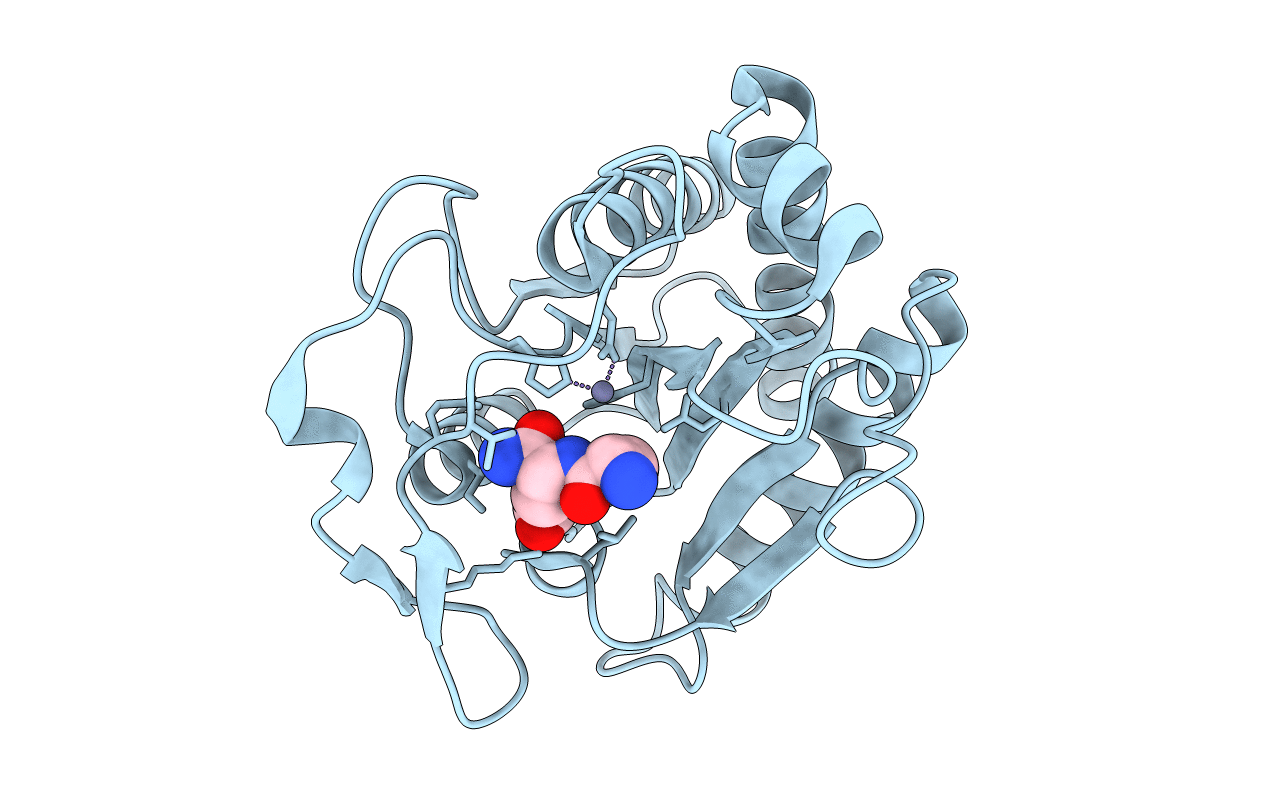
Deposition Date
2020-09-23
Release Date
2020-11-18
Last Version Date
2024-11-20
Entry Detail
PDB ID:
7AGO
Keywords:
Title:
crystal structure of the N-acetylmuramyl-L-alanine amidase, Ami1, from Mycobacterium abscessus bound to L-Alanine-D-isoglutamine
Biological Source:
Source Organism:
Mycobacteroides abscessus (Taxon ID: 36809)
Host Organism:
Method Details:
Experimental Method:
Resolution:
1.70 Å
R-Value Free:
0.18
R-Value Work:
0.16
R-Value Observed:
0.16
Space Group:
P 41 21 2


